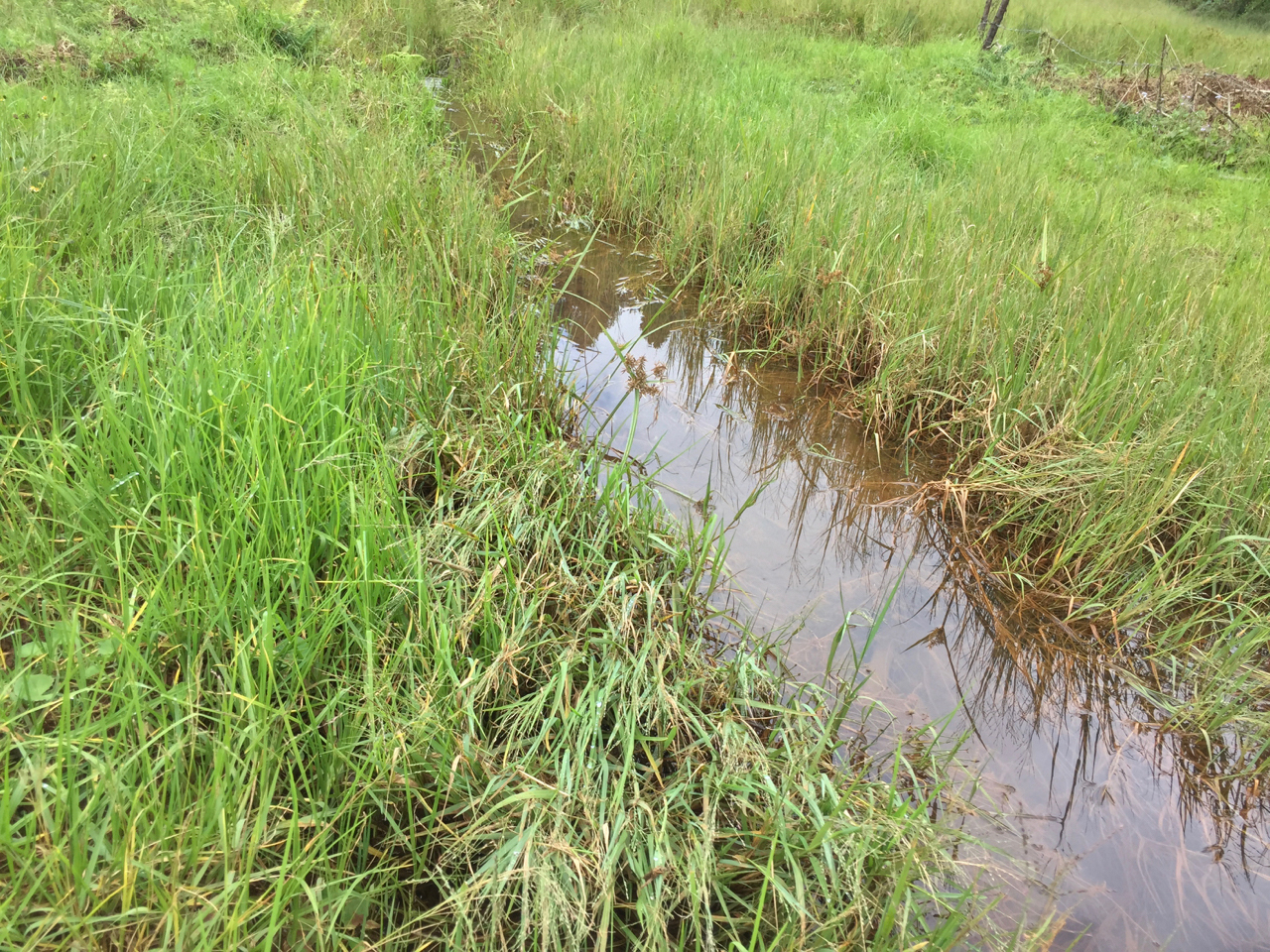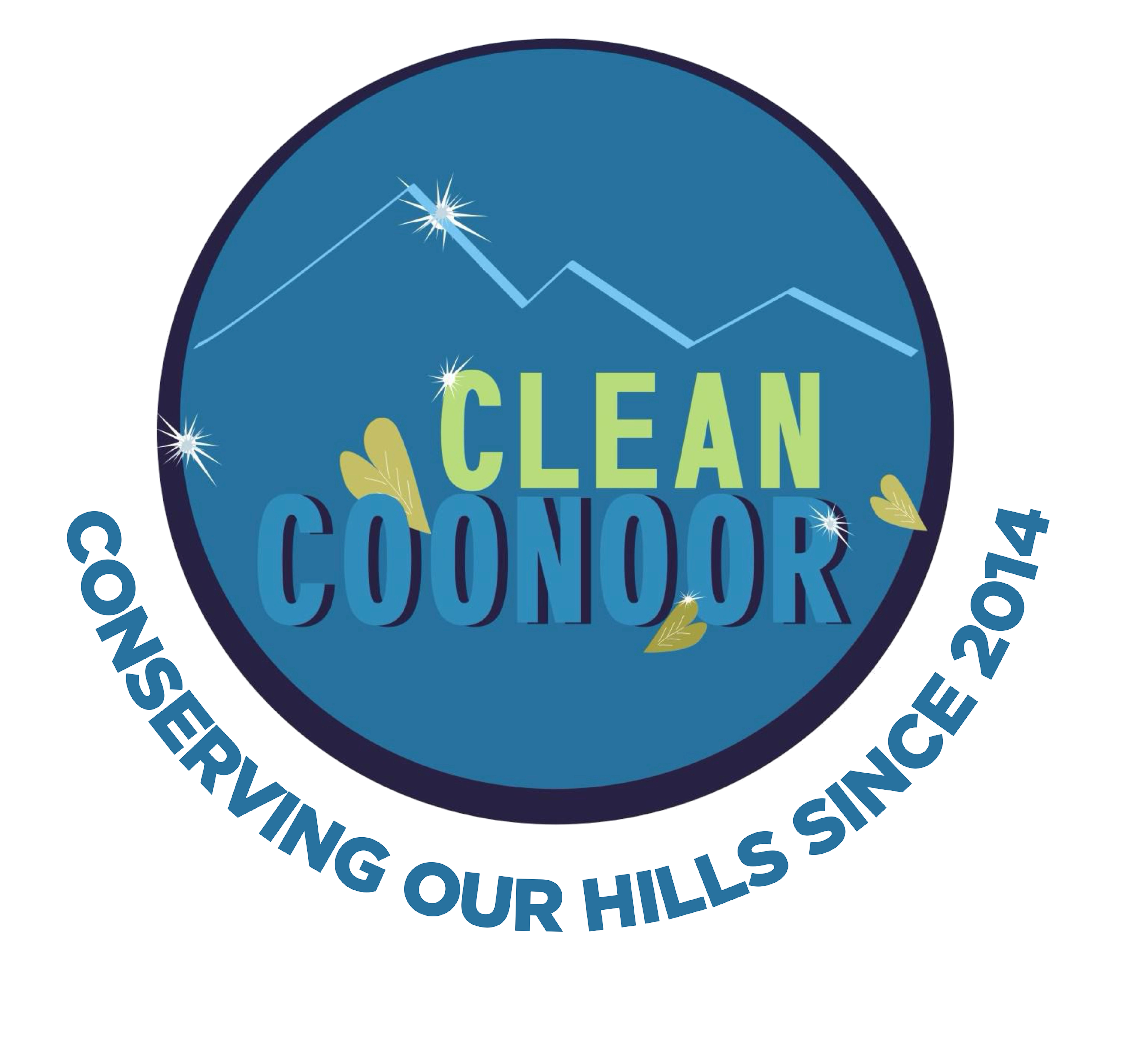Concerning these hills, it was once said that it was impossible to cover a few hundred yards without having to cross some small stream or other. Unfortunately the same cannot be said of now.
The district once abounded in grasslands and marshlands, which served as a huge sponge that absorbed water during heavy rains, and slowly released the excess as small rivulets during dry spells.
Unfortunately mismanagement has led to conversion of vast swathes of these into interminable tracts of wattle and blue gum. These aliens neither bind the soil nor retain water. The net result, the streams of these hills, either become raging torrents of muddy water during the rainy season, or present a bone-dry appearance during summer.

Never in the gray twilight that knows not victory nor defeat.
A Successful Failure
It is said that it’s much easier to ruin an ecosystem than to run one.
Our attempt at eco-restoration can only be deemed to be a successful failure. It is true that the rejuvenated areas have gone back to square one, but of great importance are the lessons subsequently learnt.
Our success lies in establishing that habitat restoration isn’t impossible and can be accomplished.
Our failure is due to not recognising the importance of community participation & ownership, the fact that good fences make good neighbours, and that continuous monitoring and follow-up is vital, for the success of such an enterprise.
Community participation and fencing are a must in any such endeavour for the reason that grazing though beneficial for established ecosystems, is ruinous where attempts to recreate degraded biomes are concerned.
Particularly so is grazing by village livestock. Fences may prove to be a deterrent to wildlife, but a determined grazier is another story, hence here comes the importance of community ownership and participation.
Eco-restoration is in reality a war against exotics and invasives. The enemy is tenacious and strong wherever the sod has been turned or the canopy has been disturbed. Hidden in the soil are his reserves, the rootstocks and rootlets, and dormant seeds. An estimated period of monitoring for at least a couple of years is a must to prevent the aliens from taking hold once again.
The Yedapalli or Ethakadavu Marsh
In an effort to reverse the changes wrought by humanity, Clean Coonoor started a project to try and restore a marshland near the hamlet of Yedapalli. This marsh which once served as a source of water to the eastern portions of Coonoor Town was degraded beyond recognition. With funds released from the Green Tax levied by the district administration Clean Coonoor made an attempt at rejuvenating the valley bog. All exotic vegetation was removed, and the area was planted over with native tussocky grasses and indigenous shrubs. Regeneration of native wetland vegetation was facilitated by fencing up the area in a bid to discourage overgrazing by village cattle.
The Marsh Before & After Restoration
It was heartening to note a palpable change in the quality and quantity of the water discharged through the marsh after 6 months of care. The regeneration of wetland vegetation such as sedges, pipeworts, bladderworts alongside the grasses that have been planted, presented a pleasing sight.
A few indicator species which are restricted to the montane wetlands of the Western Ghats had also put in their appearance. Though the project couldn’t be followed up due to multiple reasons, we at Clean Coonoor plan to revive it shortly, this time, with special emphasis laid on administrative commitment, community ownership, and community engagement.
Signs of rejuvenation
Slope Stabilisation
If the Yedapalli Marsh is considered to be a partial failure, the attempt to stabilise the slope of an emptied landfill cell at the Waste Management Facility by way of eco-restoration can be deemed to be a partial success.
On World Environment Day 2021, a little above an acre of a reclaimed landfill at the Waste Management Park at Ottupattarai with native grass pods and shrubs.
Although the endeavour has served its purpose, paucity of funds have prevented the desired result.




























